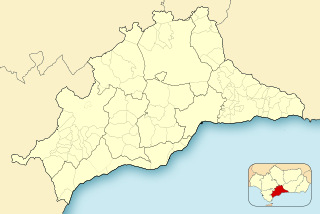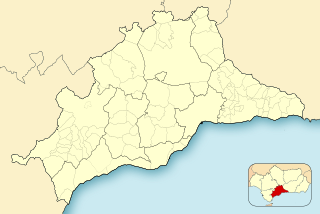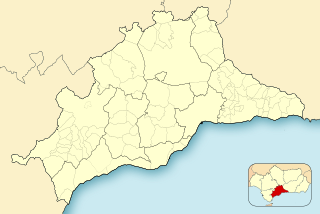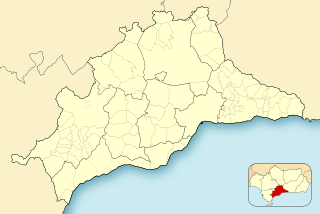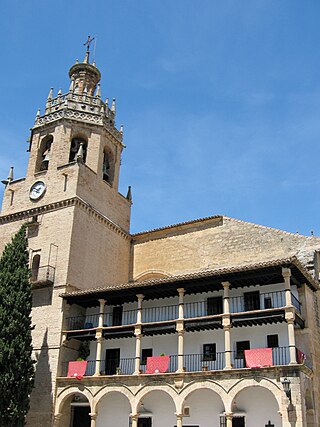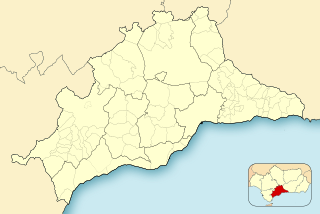Self-guided Sightseeing Tour #1 in Ronda, Spain
Legend
Guided Free Walking Tours
Book free guided walking tours in Ronda.
Guided Sightseeing Tours
Book guided sightseeing tours and activities in Ronda.
Tour Facts
1.4 km
75 m
Experience Ronda in Spain in a whole new way with our free self-guided sightseeing tour. This site not only offers you practical information and insider tips, but also a rich variety of activities and sights you shouldn't miss. Whether you love art and culture, want to explore historical sites or simply want to experience the vibrant atmosphere of a lively city - you'll find everything you need for your personal adventure here.
Individual Sights in RondaSight 1: Baños Árabes
The hammam or Arab Baths of Ronda, in Ronda (Málaga), obeys the Muslim adaptation of the old Roman baths and consists of the same parts, but unlike the Roman baths, in which the baths are carried out by immersion in large pools, the Muslim baths are fundamentally steam baths, although they sometimes have a small pool.
Sight 2: Casa del Rey Moro
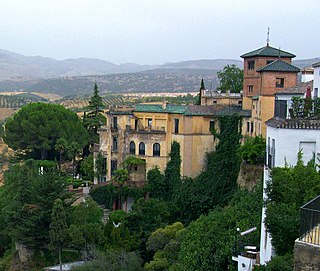
The House of the Moorish King of Ronda, Spain, is a monumental complex with a long history that begins in the fourteenth century and reaches until the twentieth century. It consists of three parts: a water mine from the Muslim period, a neo-Mudejar style house and a garden designed by Jean Claude Nicolas Forestier declared an Asset of Cultural Interest in 1943.
Sight 3: Palacio del Marqués de Salvatierra
The Palacio de Salvatierra is a building in the Spanish city of Ronda, in the province of Malaga. It is a building that focuses its decoration on a unique Baroque façade that is organized around a pair of Corinthian columns on each side of its wide lintelled door, on which there is a finely decorated stone frieze from which a balcony closed by a splendid iron grille begins.
Sight 4: Torre alminar de la Iglesia de San Sebastián
The minaret of San Sebastián is a minaret that was originally part of a mosque and later of the disappeared Church of San Sebastián de Ronda, in the province of Malaga, Spain.
Sight 5: Casa del Gigante
The house of the Giant of Ronda is a private house built between the end of the thirteenth century and the beginning of the fourteenth. Similar to the buildings of Granada and those of the Maghreb, it is considered a small palace, one of the best preserved of Nasrid architecture.
Sight 6: Iglesia de Santa María la Mayor
The church of Santa María la Mayor de Ronda, elevated to the category of chapter parish by King Ferdinand the Catholic, stands on the site of the city's old aljama mosque, a work of the thirteenth century of which remains of the mihrab are still preserved.
Sight 7: Puerta de Almocábar
The Almocábar gate is located in the southern part of Ronda connected to the historic center. It was built in the thirteenth century and was modified in the times of Charles V. It consists of three successive gates as well as two lateral semicircular towers. These served as accommodation for the guard.
Share
How likely are you to recommend us?
Disclaimer Please be aware of your surroundings and do not enter private property. We are not liable for any damages that occur during the tours.
GPX-Download For navigation apps and GPS devices you can download the tour as a GPX file.
